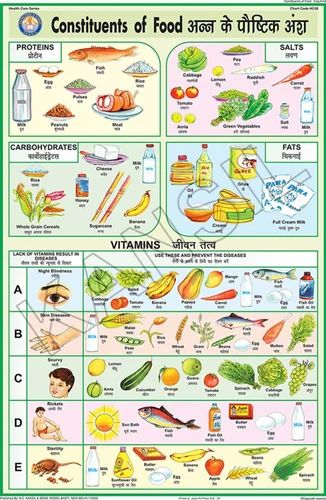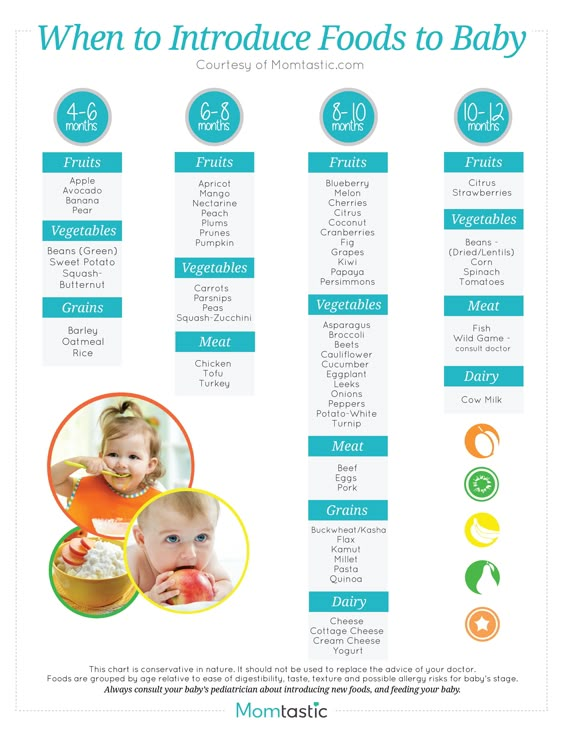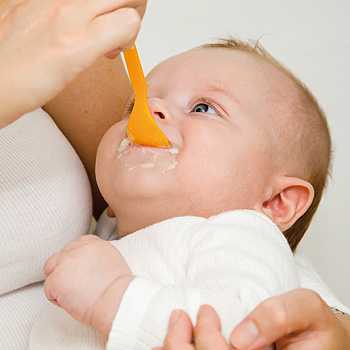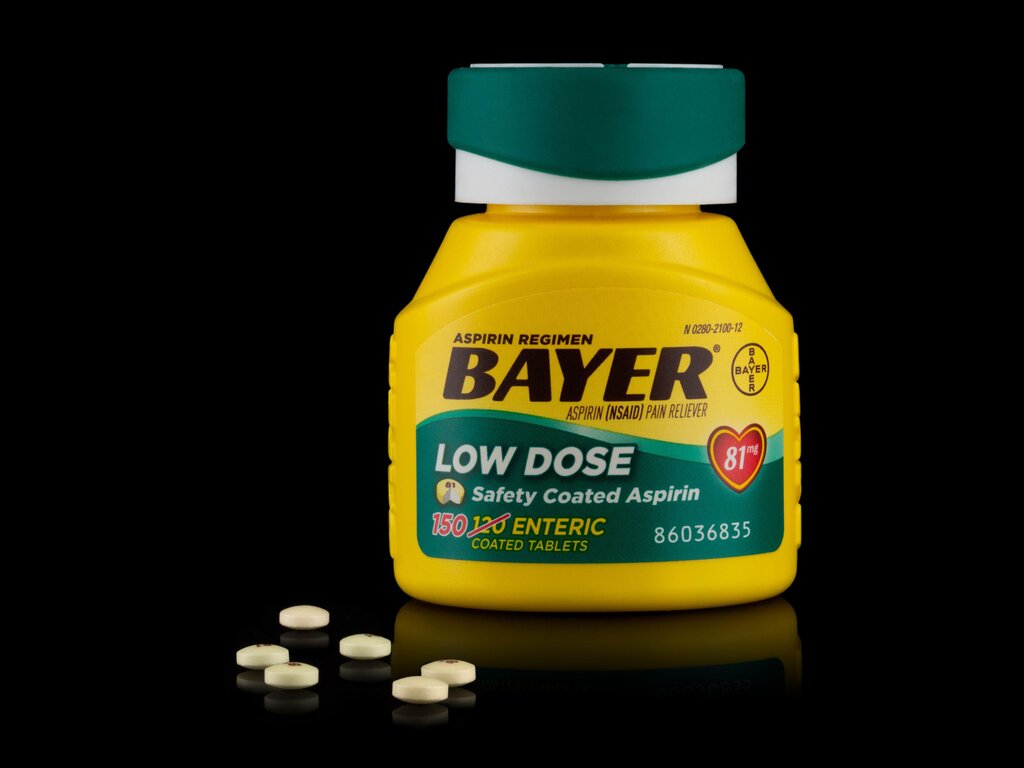Healthy food chart for babies
Baby formula feeding chart: How much formula by weight and age
Is your baby getting too much or too little formula? It's an important question that worries many new parents, especially those with newborns. When deciding how much formula to give your baby, it's important to watch their hunger cues as well as looking at guidelines based on age and weight. In general, before they're eating solids, babies need 2.5 ounces of formula per pound of body weight each day.
These guidelines are for babies who are exclusively formula-fed for the first 4 to 6 months, and then fed a combination of formula and solids up to age 1. If your baby is getting a combination of breast milk and formula, talk to their doctor for separate advice.
Your pediatrician can tell you where your baby falls on the growth charts, make sure they're growing steadily on their own growth curve, and help you ensure that they're getting a healthy amount of formula. If you're ever worried about your baby's growth, behavior, or development, talk with their doctor.
How much formula for a newborn
For the first few days, offer your newborn 1 to 2 ounces of formula every 2 or 3 hours. (At first, newborns may only take a half ounce of formula at a time.)
After the first few days, give your newborn 2 to 3 ounces of formula every 3 to 4 hours.
Initially it's best to feed your formula-fed newborn on demand, whenever they show signs that they're hungry. Because your little one can't tell you when they want a bottle, you'll need to learn to read their hunger cues. Crying is often a late sign of hunger, so if you can, try to catch the earlier signs that it's time for a feeding.
Here are some hunger cues to watch for:
- Smacking or licking their lips
- Rooting (moving their jaw, mouth, or head in search of food)
- Putting their hands to their mouth
- Opening their mouth
- Fussiness
- Sucking on things
- Becoming more alert
- Crying
As time passes, your newborn will begin to develop a fairly regular feeding schedule.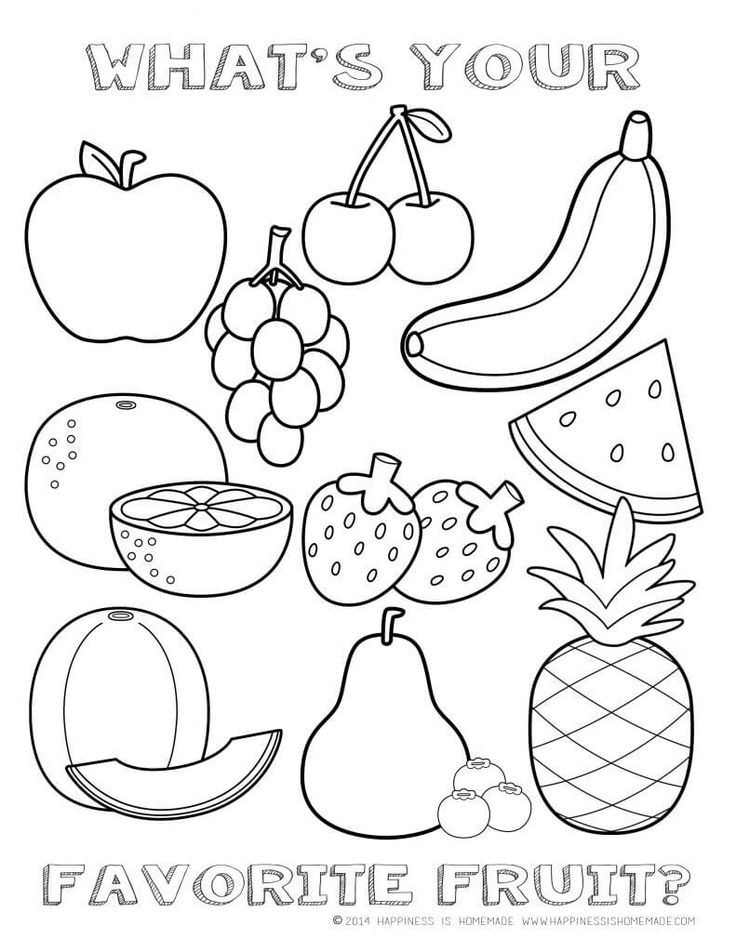 You'll become familiar with their cues and needs, and knowing when and how much to feed them will be much easier.
You'll become familiar with their cues and needs, and knowing when and how much to feed them will be much easier.
Formula feeding chart by weight
During the first 4 to 6 months, when your baby isn't eating solid foods, here's a simple rule of thumb: Offer 2.5 ounces of formula per pound of body weight every 24 hours, with a maximum of about 32 ounces.
| Weight | Ounces of formula |
|---|---|
| 6 pounds | 15 fl oz every 24 hours |
| 7 pounds | 17.5 fl oz every 24 hours |
| 8 pounds | 20 fl oz every 24 hours |
| 9 pounds | 22.5 fl oz every 24 hours |
| 10 pounds | 25 fl oz every 24 hours |
| 11 pounds | 27.5 fl oz every 24 hours |
| 12 pounds | 30 fl oz every 24 hours |
These numbers aren't rigid rules. They offer a rough estimate for what your baby may need. Some babies will grow well while taking less than the recommended amount, while others consistently need more.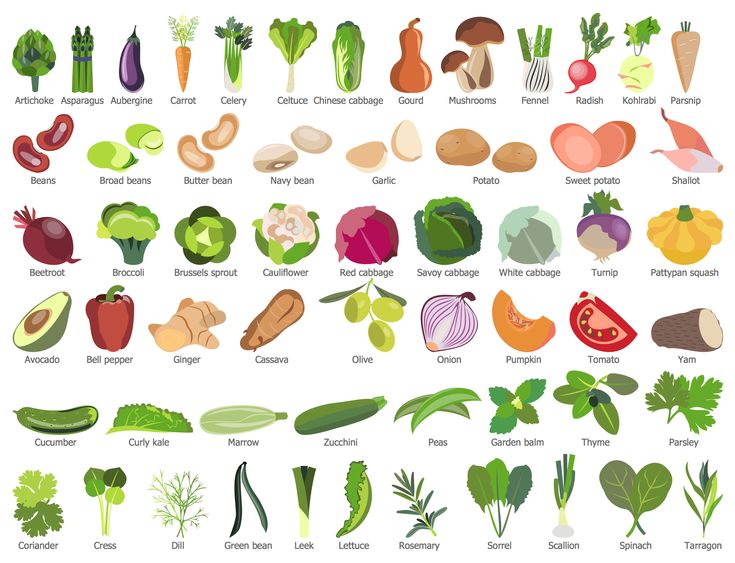 Your baby's daily feedings will also vary according to their individual needs – in other words, they may want a bit more on some days and a bit less on others.
Your baby's daily feedings will also vary according to their individual needs – in other words, they may want a bit more on some days and a bit less on others.
Formula feeding chart by age
Here are typical amounts per day based on age:
| Age | Ounces of formula |
|---|---|
| Full-term newborn | 2 ounces per bottle every 3 to 4 hours |
| 1 month old | 3 to 4 ounces per bottle every 3 to 4 hours |
| 2 month old | 4 to 5 ounces per bottle every 3 to 4 hours |
| 3 month old | 4 to 6 ounces per bottle every 3 to 4 hours |
| 4 month old | 4 to 6 ounces per bottle, 4 to 6 times a day |
| 5 month old | 4 to 6 ounces per bottle, 4 to 6 times a day |
| 6 month old | 6 to 8 ounces per bottle, 4 to 5 times a day |
| 7 month old | 6 to 8 ounces per bottle, 3 to 5 times a day |
From 8 months old until their first birthday, you can expect your baby to have 7 to 8 ounces per bottle, 3 to 4 times a day.
As your baby gets older – and their tummy gets bigger – they'll drink fewer bottles a day with more formula in each. It's important not to overfeed your baby so they'll stay at a healthy weight. Your baby shouldn't have more than 32 ounces of formula in 24 hours.
When they reach their first birthday, they can stop drinking formula and transition to cow's milk in a bottle, sippy cup, straw cup, or open cup. Limit your toddler to 16 to 24 ounces (2 to 2.5 cups) a day of whole milk, so they have room for other healthy foods.
Signs that your baby's getting enough formula
Here are signs that your baby's getting all the formula they need:
- Steady weight gain. They continue to gain weight after their first 10 days and follow a healthy growth curve during their first year. (Most babies lose up to 7 to 10 percent of their birth weight in the first few days and then regain it by the time they're about 2 weeks old.)
- Happy baby.
 They seem relaxed and satisfied after a feeding.
They seem relaxed and satisfied after a feeding. - Wet diapers. They wet two to three diapers a day in the first few days after birth. Over the next few days, the amount should increase to at least five to six wet diapers a day.
Signs your baby's getting too much formula
Babies are usually good at eating the amount they need, but bottle-fed babies can drink too much at times. Here are the signs that they're getting too much formula:
- Vomiting after a feeding may be a sign that your baby had too much. (Spitting up is normal, vomiting isn't.)
- Tummy pain after a feeding can also be a sign of overfeeding. If your baby draws up their legs or their tummy seems tense, they may be in pain. (See other possible reasons for stomach pain in babies.)
If your baby seems to want to eat all the time, even after finishing a bottle, talk to your pediatrician. Using a pacifier may help soothe their need to suck.
Formula-feeding tips
- In general, babies eat when they're hungry and stop when they're full, so resist the temptation to encourage your baby to finish each bottle. Overfeeding during infancy can contribute to obesity later in life.
- Don't respond to your baby's every cry with a bottle. They may be crying because their diaper is wet, they're cold or hot, they need to be burped, or they want to be close to you. (Learn more about why babies cry, and how to soothe them.)
- Your baby may be hungrier than usual during growth spurts. These typically occur 10 to 14 days after birth and around 3 weeks, 6 weeks, 3 months, and 6 months of age.
Read more:
- Formula Feeding Problem Solver
- How to safely store and use formula
advertisement | page continues below
Baby's first foods: The 10 best foods for babies
These 10 first foods are ideal for your baby because they're full of essential nutrients, reasonably priced, easy to prepare, and delicious.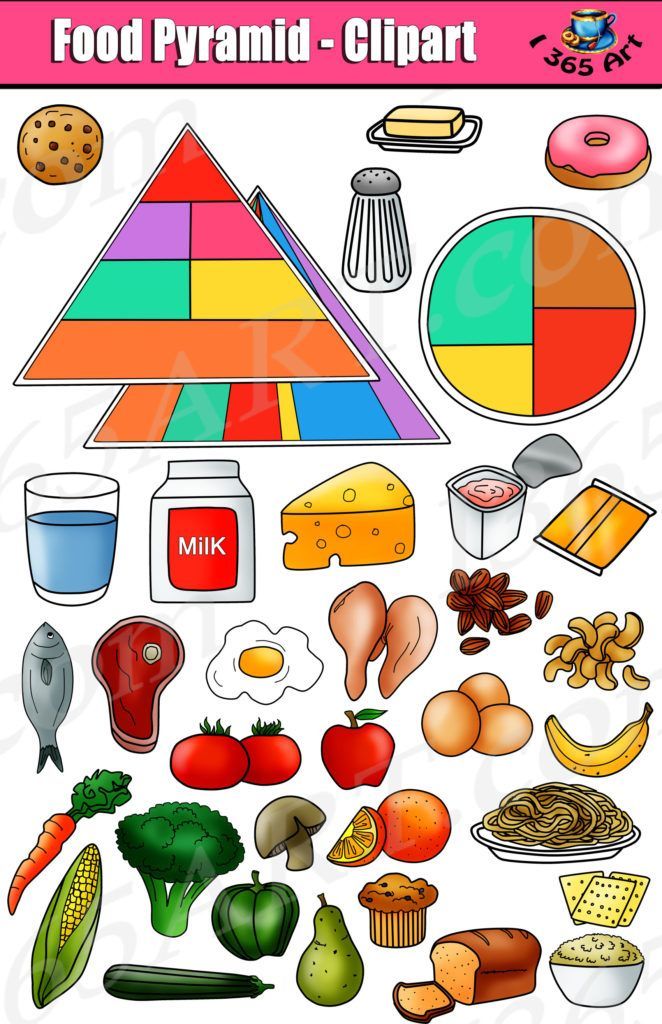 Avocados contain healthy fats, while bananas are loaded with potassium. Blueberries are bursting with antioxidants, whereas broccoli offers fiber and folate. Both lentils and meat are packed with protein. Prunes can help with constipation, and yogurt helps form healthy bones and teeth. Sweet potatoes and winter squash are great sources of beta-carotene and vitamin C.
Avocados contain healthy fats, while bananas are loaded with potassium. Blueberries are bursting with antioxidants, whereas broccoli offers fiber and folate. Both lentils and meat are packed with protein. Prunes can help with constipation, and yogurt helps form healthy bones and teeth. Sweet potatoes and winter squash are great sources of beta-carotene and vitamin C.
According to the American Academy of Pediatrics, it's important to offer your baby a variety of healthy foods. There are lots of healthy, baby-friendly foods out there, but these 10 recommended by doctors and dietitians alike stand out from the pack. From vitamin-rich fruits and veggies to meats and beans loaded with protein, these superfoods are full of essential nutrients, reasonably priced, easy to prepare, and delicious.
Many are also favorite first foods. Before introducing solids, talk to the doctor about your baby's readiness for solids, and which foods to introduce and when. Then introduce foods one at a time, waiting at least three days after each new food to watch for any allergic reaction.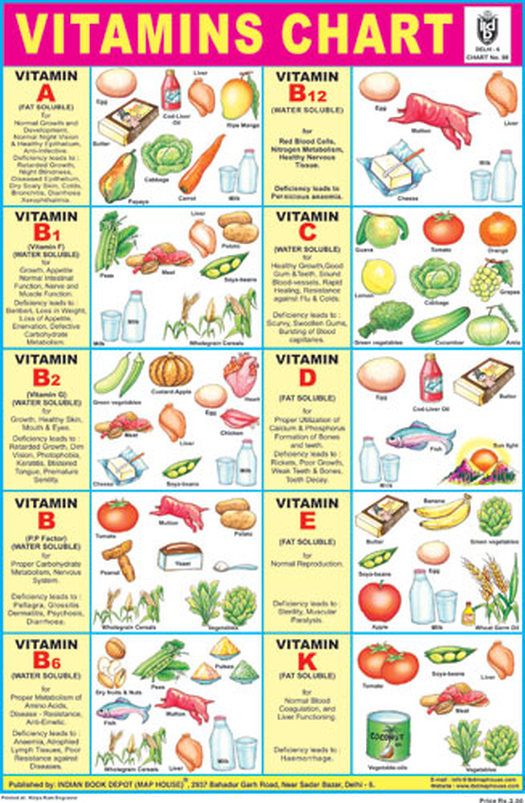
Avocados
BabyCenter parents are all about avocado as a first food. This buttery fruit-vegetable is rich in healthy unsaturated fats that help boost brain development. In fact, the fat composition of avocados is somewhat similar to that of breast milk.
Serving ideas: Mash avocado with a fork, or make baby guacamole.
Bananas
Known as a good source of potassium, this grab-and-go fruit also contains vitamins B6 and C, fiber, and magnesium.
Serving ideas: Make banana and mango puree. Or, for your little one's first smoothie, puree banana and peach chunks with whole-milk yogurt.
Blueberries
Blueberries are bursting with antioxidants. The deep, brilliant blue of these berries comes from flavonoids that benefit your baby's eyes, brain, and even urinary tract.
Serving ideas: Blend or mash blueberries well and swirl a spoonful of the juicy purple puree into yogurt, or top silky coconut milk rice pudding with blueberry compote.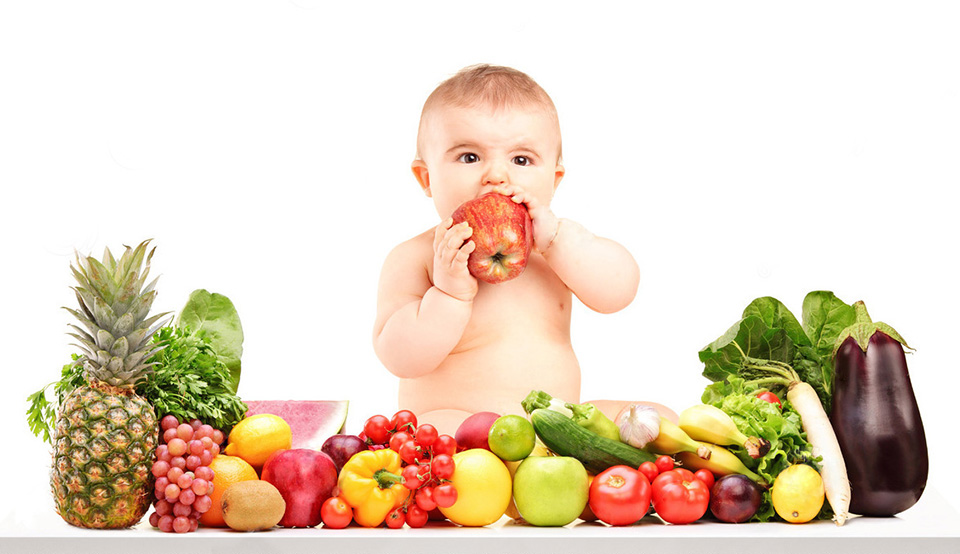
Broccoli
This cruciferous vegetable is a rich source of essential nutrients, including fiber, folate, and calcium. Introduce your baby to broccoli's bold flavor early, and you'll be expanding their tastes and encouraging a lifelong love of green vegetables.
Serving idea: Steam until soft, cut into pieces small enough for your child to eat safely, and then chill. Steaming takes the bite out of broccoli, and some babies prefer the texture and taste when it's cold.
Lentils
Beans and other legumes pack lots of lean protein and fiber. But unlike larger beans, little lentils simmer into a pleasing mush just right for baby bites. They're also one of the cheapest healthy foods you can buy.
Serving ideas: Cook finely diced carrots along with the lentils. As your baby gets older, double up on nutrient-rich foods by making lentil and spinach stew.
Meat
Lack of iron can cause anemia. The American Academy of Pediatrics recommends meat as a first food because it's such a great source of protein, zinc, and iron, especially red meat and dark poultry meat.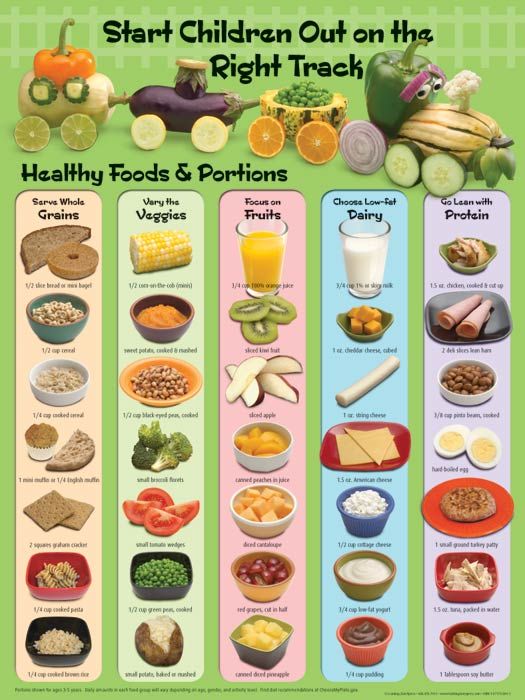 Plus, babies absorb iron more easily from meat than from iron-fortified cereals, another common first food.
Plus, babies absorb iron more easily from meat than from iron-fortified cereals, another common first food.
Serving ideas: If your baby is new to solids, try our easy turkey or chicken puree recipe. As they get older, introduce new flavors with chicken curry with green beans and zucchini or shepherd's pie.
Prunes
Whether you call them "prunes" or "dried plums," these humble fruits don't sound glamorous – but they're soft, sweet, and full of fiber. Your baby may suffer from constipation when switching to solids, as it's a big change for their system. Add pureed prunes to your baby's diet to aid digestion and keep things moving.
Serving ideas: Serve pureed prunes alone or mixed with other foods, such as oatmeal, cereal, or applesauce, for a naturally sweet treat.
Sweet potatoes
Sweet potatoes are one of the more popular first foods for babies, who tend to like both their sweetness and texture. These colorful root vegetables are packed with beta-carotene, vitamin C, and minerals, including iron and copper.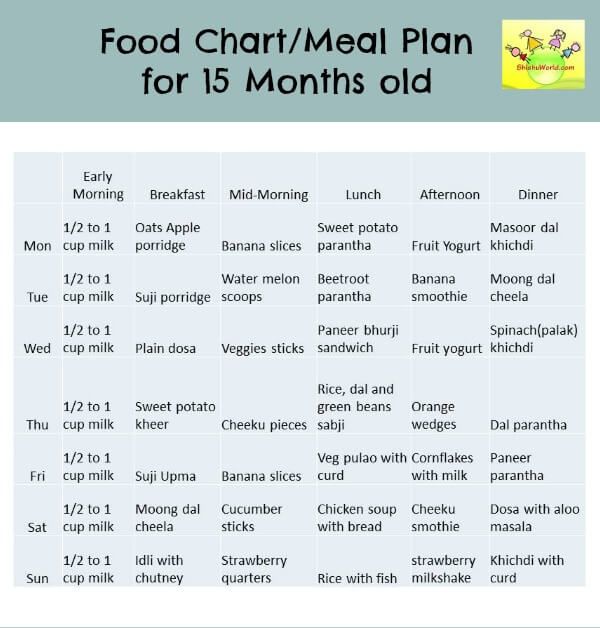
Serving ideas: Serve sweet potato puree alone or swirled into pureed chicken or turkey.
Winter squash
Orange- or yellow-fleshed hard winter squashes such as butternut, acorn, and pumpkin boast many benefits, one of which is they're exceptionally rich in beta-carotene, recognized for being great for eyes. Squash is also an excellent source of vitamin C. Natural sweetness and a creamy texture add to the appeal of winter varieties.
Serving ideas: Roast a winter squash like butternut, scoop out the flesh, and puree it for an easy first food. As your baby gets older, introduce new flavors and textures with dishes like smashed chickpea and butternut chili.
Yogurt
Creamy yogurt is rich in calcium and vitamin D, necessary for healthy bones and teeth. Your baby can have it at 4 to 6 months, long before they'll be ready for cow's milk.
Opt for plain yogurt with no added sugar. Also look for a brand with the most live cultures, which help regulate the good bacteria in your baby's digestive tract.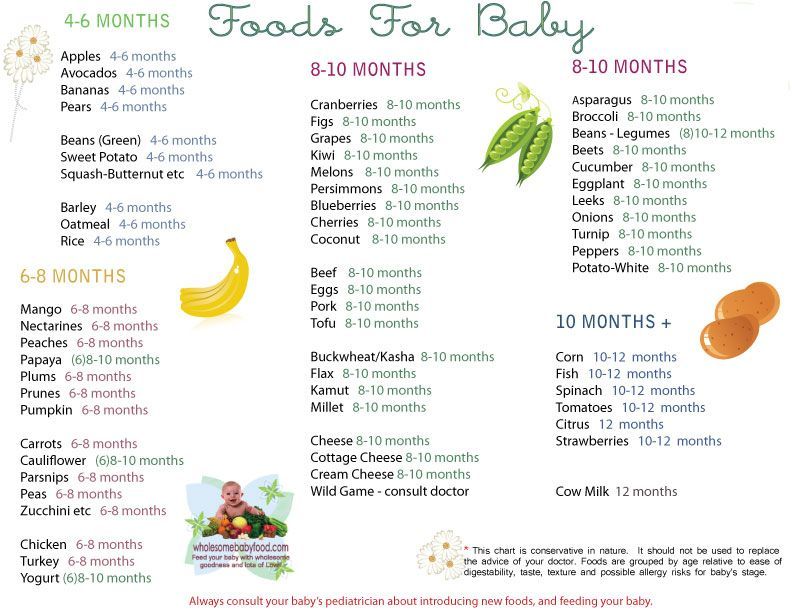 Make sure you pick up whole-milk yogurt – babies need the calories from fat.
Make sure you pick up whole-milk yogurt – babies need the calories from fat.
Serving ideas: Yogurt is fine on its own, or swirl in pureed berries or other fresh fruit, applesauce, or mashed avocado.
Proper nutrition of a child is a guarantee of health - Children's City Polyclinic No. 1
Every parent wants his child to grow up healthy, smart, happy.
From childhood, we must teach our children to choose from the variety of foods that are really good for health. The nutrition of children is somewhat different from the nutrition of adults. If the child's nutrition system is built correctly, then the child develops normally, both physically and mentally.
Make your family's way of life by introducing your child to proper nutrition every day. There is no need to arrange constant lectures from this on the topic of what is useful and what is harmful. By actively communicating with your child, setting an example, you instill good eating habits.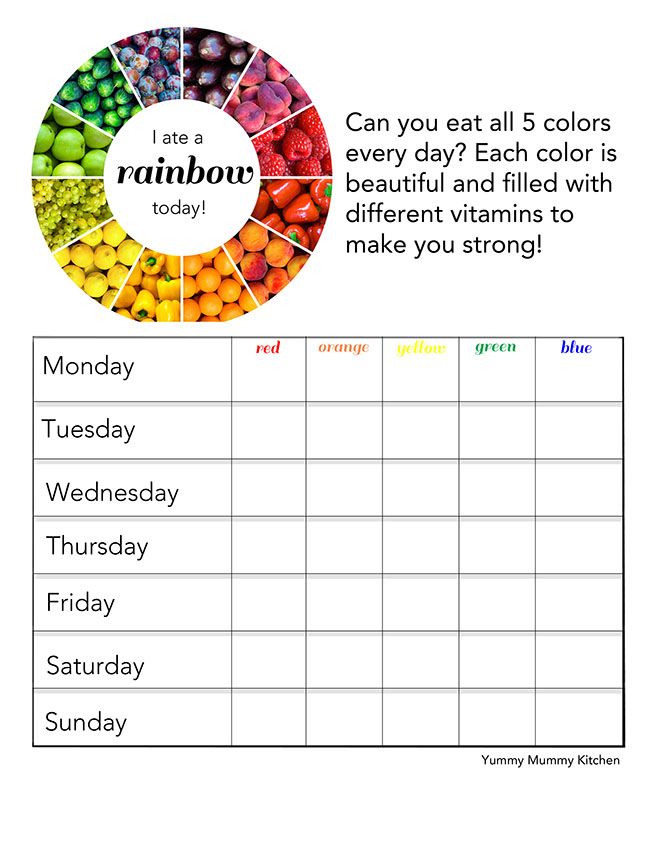
Only good things should be spoken at the table. The situation should help the child to relax, then the appetite will be good and the mood will be friendly. Children can help you with serving and decorating dishes. When serving vegetables and fruits, ask the children what vitamins and minerals they contain and why they are so useful. In order to organize the proper nutrition of the child, you need to follow several important rules:
Rule 1
Food should be varied.
This is an important condition for the child's body to receive all the substances necessary for growth and development. Every day, the child's menu should include: fruits and vegetables; meat and fish; milk and dairy products; grain products (bread, cereals, cereals). Insufficiency or excess of food consumed by a child can adversely affect the activity of the gastrointestinal tract, contribute to metabolic disorders, increase overweight (even to various degrees of obesity) or lead to malnutrition.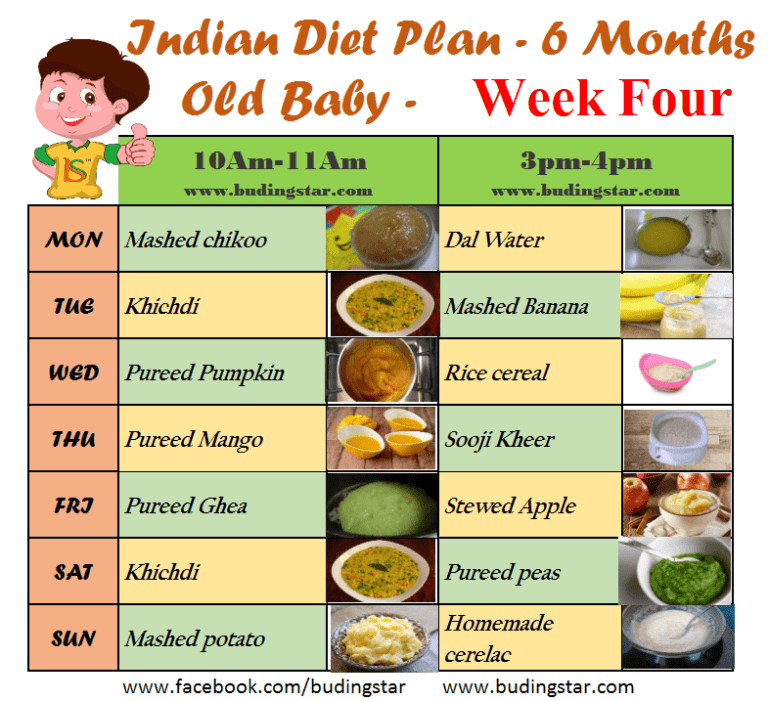
If the child refuses, there is a healthy dish, offer him to experiment and make the dish unusual.
So, with the help of dried fruits and nuts, you can put a funny face on porridge, use ketchup and greens to draw a pattern on scrambled eggs, put mashed potatoes on a plate in the form of a snowman figure, etc.
What should not be used in children's nutrition:
- Offal, except liver, tongue, heart; blood, liver, raw smoked sausages.
- Deep-fried foods and culinary products, chips.
- Curds, condensed milk with vegetable fats.
- Koumiss and fermented milk products containing ethanol (more than 0.5%).
- Cream confectionery containing vegetable protein.
- First and second courses based on fast food concentrates.
- Vinegar, mustard, horseradish, hot peppers and other hot spices and food products containing them, including hot sauces, ketchups, mayonnaises and mayonnaise sauces.

- Pickled vegetables and fruits.
- Natural coffee and carbonated drinks, apricot kernels, peanuts.
- Products, including confectionery, containing alcohol.
- Food products containing a large amount of food additives in their composition (information is indicated by the manufacturer on consumer packaging).
- Dry concentrates for cooking first and second courses (soups, Dosherak vermicelli, cereals).
Rule 2
The child should eat regularly.
Compliance with the diet of children is of great importance for the absorption of nutrients by the body. Preschool children are recommended to eat 4-5 times a day, every 3 hours, at the same time, distributing the diet as follows: breakfast - 25%, lunch - 35%, afternoon snack - 15%, dinner - 25% . At school age, it is advisable to have four meals a day, every 4 hours with an even distribution of the daily ration: breakfast - 25%, second breakfast - 20%, lunch - 35%, dinner - 20%.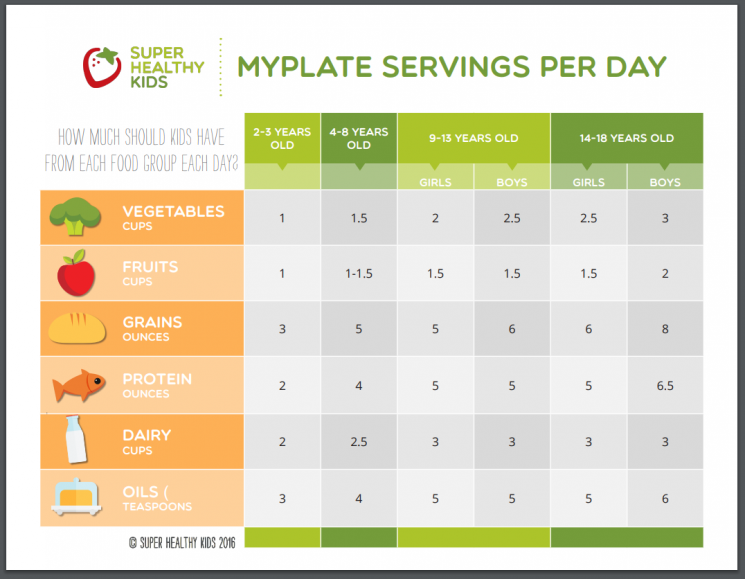
Try to stop snacking and teach your child to eat only at the table. If this still doesn't work, offer fruit, biscuits, juice for a snack - food that will help drown out hunger, but will not ruin your appetite.
Proper organization of meals at school in the form of hot school breakfasts and lunches is an important health-improving measure for student children in extended day groups, whose diet should be 50-70% of the daily norm, which, unfortunately, parents do not have enough are paying attention. Eating sandwiches, pizza, chips, chocolate bars is harmful because - this food is inferior in composition and also irritates the stomach, contributing to the development of gastritis.
Rule 3
A child's diet should replenish his daily energy expenditure.
If your child is overweight, limit the amount of sweets and high-calorie desserts, empty the refrigerator. Put a bowl of fruit on the table, a plate of whole grain bread.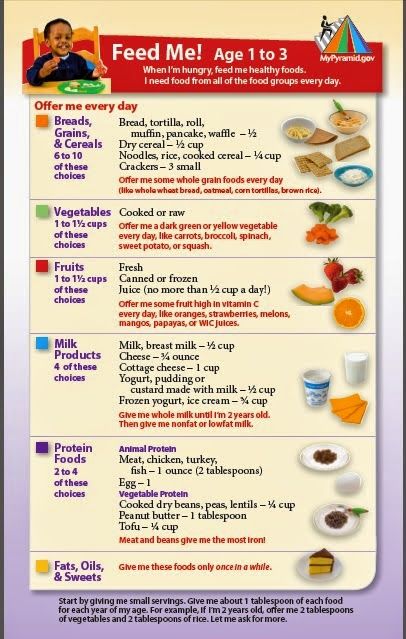 Children can eat fruits without any restrictions, it is almost impossible to overeat them, and they are very useful. With a lack of any mineral substance or vitamin, the child himself will ask for the apple or even greens he needs.
Children can eat fruits without any restrictions, it is almost impossible to overeat them, and they are very useful. With a lack of any mineral substance or vitamin, the child himself will ask for the apple or even greens he needs.
Try to get your child involved in sports, take walks together, even if little by little, but regularly.
Thus, building proper nutrition for children requires taking into account the characteristics of the child's body, knowledge of certain rules and principles of healthy nutrition.
The material was prepared by the editorial and publishing department of GBUZ JSC "CMP" - 2020
diet and food products
All parents dream of their children growing up healthy, beautiful and smart. And many people know that one of the important factors contributing to the achievement of this goal is a balanced diet 1 .
It is especially important to properly make a diet for a teenager. It must necessarily contain foods rich in calcium.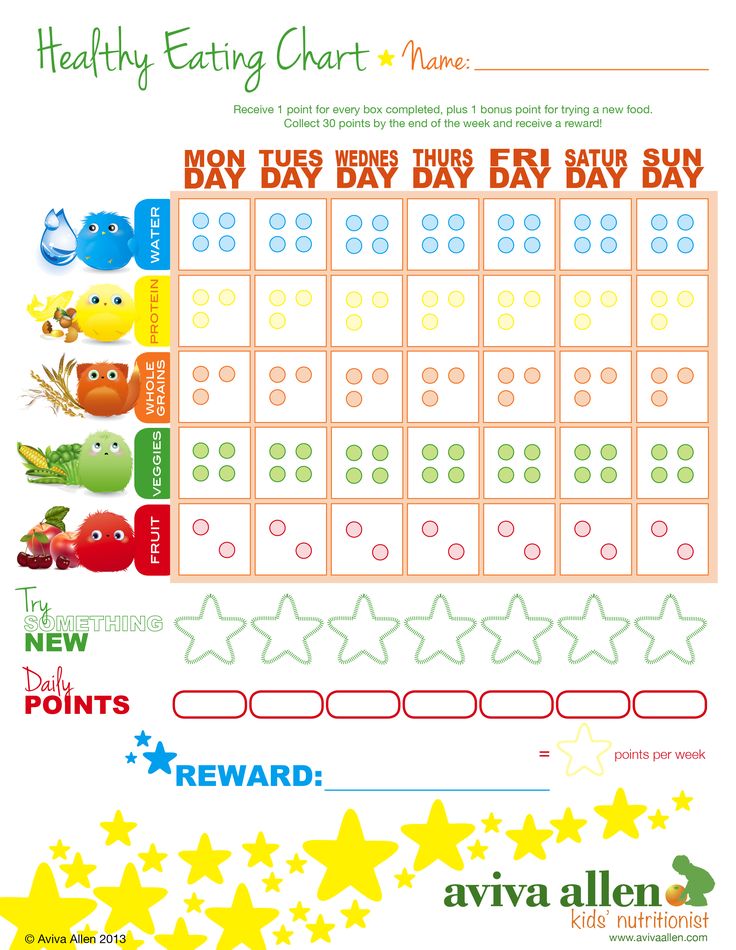 The sources of this element are milk, cottage cheese, kefir, curdled milk, hard cheese. These foods must be consumed daily by teenagers 2 . Offer your child different dairy products and prepare various dishes from them - then he will eat them willingly 3 .
The sources of this element are milk, cottage cheese, kefir, curdled milk, hard cheese. These foods must be consumed daily by teenagers 2 . Offer your child different dairy products and prepare various dishes from them - then he will eat them willingly 3 .
Complete nutrition of a teenager is impossible without whole grain products - special types of bread (wheat and rye), cereals from buckwheat, rice (preferably brown), corn, oats, barley 3 .
It is extremely important that a teenager's diet includes adequate amounts of nutrients, vitamins and minerals 3 .
Principles of healthy eating
A teenager's meals should be regular, so it's important to have a plan that your son or daughter will follow every day. The menu should be as varied as possible so that the child receives in the right amount both the main, irreplaceable nutrients, and the secondary 2 .
At least 50-60% of the protein in the daily diet of a teenager should be animal products.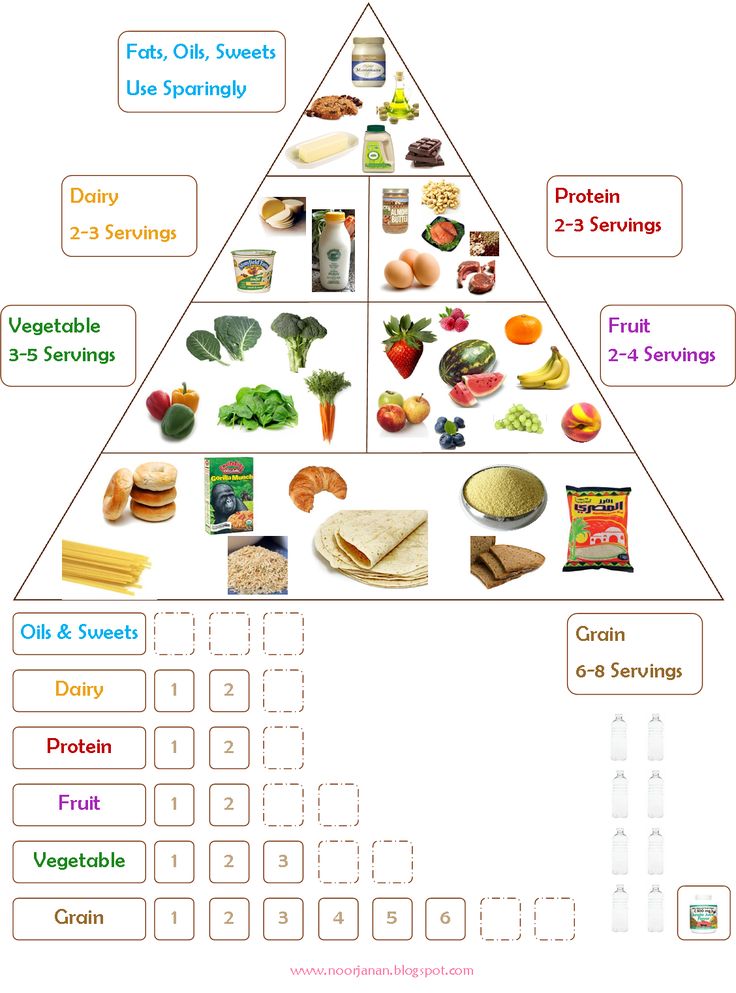 He also benefits from fats that are present in vegetable oil, sour cream, nuts, cheese and other foods. It is desirable that about 70% of all fats consumed per day be vegetable. This is the basis of proper nutrition 2 .
He also benefits from fats that are present in vegetable oil, sour cream, nuts, cheese and other foods. It is desirable that about 70% of all fats consumed per day be vegetable. This is the basis of proper nutrition 2 .
The child needs to be given more carbohydrates than other nutrients. The optimal ratio of carbohydrates to protein is 4:1. Sources of fast carbohydrates (sweet foods) should not exceed 20% of all carbohydrates consumed by a teenager 4 . Complex carbohydrates for a child are cereals, potato dishes and bread. When preparing flour dishes, it is recommended to give preference to wholemeal flour 4 .
Fish should be on the teenager's menu at least 1-2 times a week. The same recommendations are given for red meat 2 .
It is important for students to eat at least 5 servings of various fruits and vegetables per day. One serving is a medium-sized fruit (such as an apple or orange), two small fruits (such as an apricot), 50 g vegetable salad, a glass of fresh juice, three tablespoons of vegetables after cooking 5 .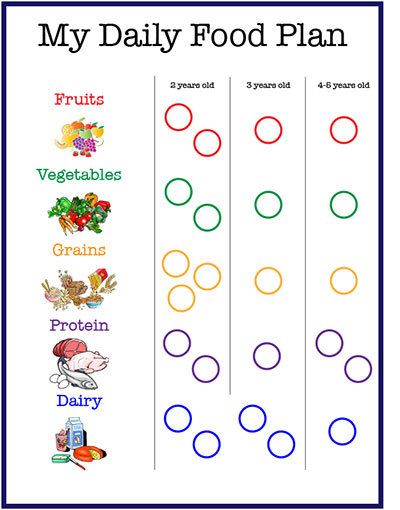
Dairy products must also be included in the diet of a teenager, the amount is three servings every day 5 .
The best types of heat treatment of dishes are boiling and stewing, as well as baking 5 .
Proper nutrition for teenagers involves avoiding or minimizing the use of foods with nutritional supplements, margarine, store-bought sauces, out-of-season vegetables, smoked sausages, very spicy or deep-fried foods, lollipops, fast food, chewing gum. It is also worth limiting the consumption of white bread and sugar 1 . The child may eat fatty and sugary foods in small amounts, but these foods should not be used as a substitute for healthy foods as they lack the beneficial elements 4 .
Instilled in childhood understanding of the rules of healthy eating will help to avoid many problems throughout life.
Teenager's nutritional needs
A balanced diet for a teenager is one in which the child receives enough calories throughout the day to meet his energy needs.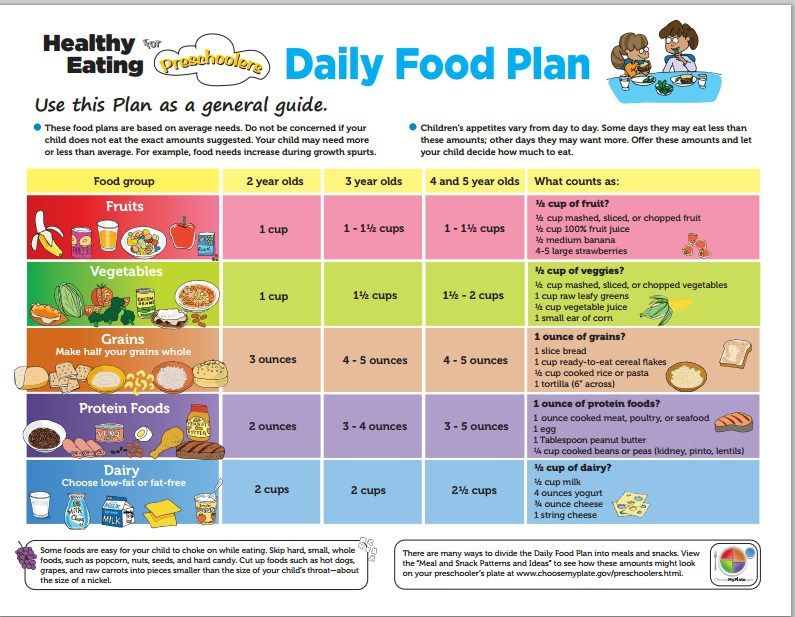 On average, this is 65 kcal per kilogram of weight, that is, about 2500-3000 kcal per day. If your teenager is physically active, you should increase the number of calories per day in accordance with the energy expenditure for training.
On average, this is 65 kcal per kilogram of weight, that is, about 2500-3000 kcal per day. If your teenager is physically active, you should increase the number of calories per day in accordance with the energy expenditure for training.
Adolescents should consume 100-110 g of protein, 90-100 g of fat and an average of 400 g of carbohydrates per day 5 .
How to teach a child to eat healthy?
Rational, balanced, proper nutrition is important at any age, and especially in adolescence. Parents can still influence the student's menu, but in general, the child's food preferences have already been formed. Also, the desire to be independent and do things your own way affects the eating habits of a teenager. It is important to find a balance between absolute control and the complete freedom of the child in choosing food, which can turn into an unbalanced diet 5 .
When introducing a teenager to a healthy lifestyle, the example of parents is important - it is desirable that the principles of balanced nutrition be observed by the whole family 5 .
Talk to your teen about how certain foods in their diet affect growth and health. Tell him why breakfast is important, what can be the negative consequences of quick snacks for the body, what are the risks of skipping the main meals and diet 2 .
Be sure to pay attention to how your child eats at school. Encourage him to take healthy food from home - an alternative to hot dogs and pizza. For example, you can bring yogurt, fruit, casseroles, and homemade cakes to class 2 .
Diet
Proper nutrition for adolescents should consist of at least four meals - breakfast, lunch, afternoon tea, dinner 6 :
- Breakfast. For the morning meal, your child should receive about 25% of all daily calories 6 .
- Lunch. This is the most high-calorie meal, no less important for health than breakfast, which accounts for 35-40% of all daily calories 6 .
- Afternoon snack.
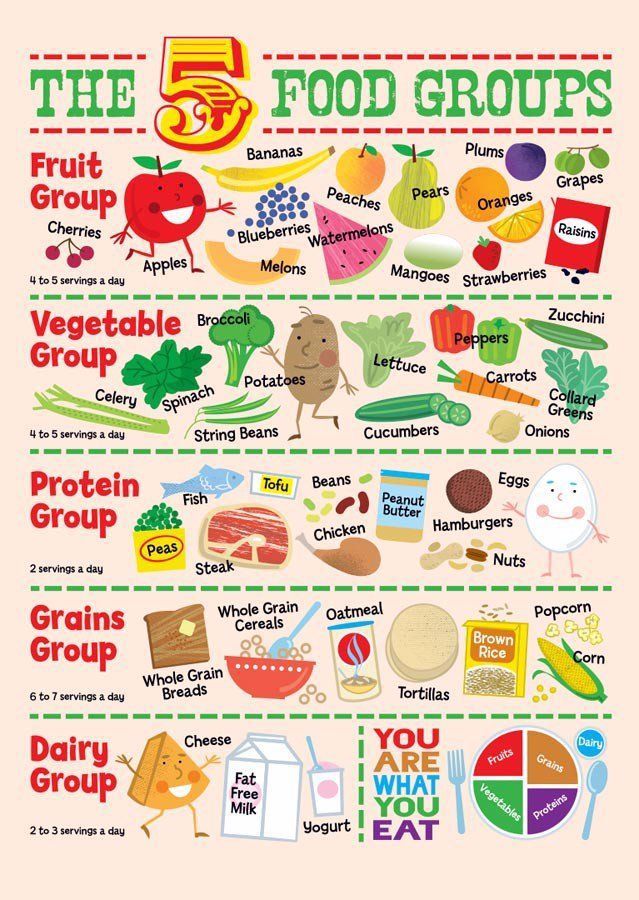 This is a small snack, which accounts for about 15% of all calories for the day 6 .
This is a small snack, which accounts for about 15% of all calories for the day 6 . - Dinner. At dinner, the child is recommended to consume 20-25% of daily calories. At the same time, it is important that the teenager eat no later than 2 hours before bedtime 6 .
In case of violation of the diet, a malfunction of the gastrointestinal tract may occur, for example, constipation may appear. Unfortunately, they are quite common. Constipation is caused not only by an unbalanced diet, but also by stressful situations, which are not uncommon in adolescence 7 .
To eliminate the unpleasant symptoms of constipation, the use of laxatives is suitable. The drug of choice for the treatment of constipation in children of any age is Dufalac® 8 – laxative with physiological action based on lactulose. Dufalac® has a double action: it gently cleanses the intestines and normalizes the balance of its microflora 9 . It has a high safety profile 9 , is non-addictive* and can be taken for an unlimited duration 9.10 .
It has a high safety profile 9 , is non-addictive* and can be taken for an unlimited duration 9.10 .
In addition, the advantages of Duphalac® are:
- restoration of proper bowel function 9 ;
- no auxiliary components (only lactulose and purified water) 9 ;
- single dose during the day;
- variety of forms
What liquids to give teenagers?
The total amount of liquid drunk by a teenager per day depends on the characteristics of his diet, activity level and weather. Drink more water on hot days or during physical activity. Middle-aged and older children need about 50 ml of fluid per day for every kilogram of weight 11 .
The best drink is boiled or purified water. A balanced diet of adolescents allows the inclusion in the diet of school-age children such drinks as milk, compotes, kissels, rosehip infusion, decoctions of dried fruits, tea and cocoa 11 .
Juice is considered a less preferred drink due to its high content of simple sugars and high acidity. If a child drinks freshly squeezed juice, it must be diluted with water, especially if a diet is prescribed for him by a doctor 11 .
Teenagers should avoid carbonated drinks and drinks high in caffeine. Caffeine interferes with iron absorption and can cause sleep problems. Carbonated, foamy drinks do not quench thirst well, irritate the digestive tract and - in most cases - contain various chemical additives 11 .
How to make a menu?
Proper nutrition for teenagers begins with menu planning. In this case, the child’s daily routine should be taken into account, in particular, the time of attending school, sports sections, tutors and other activities, as well as whether there is a need to adhere to a certain diet 2.3 .
It is better to make a menu for the whole week at once, so it will turn out to be more varied and satisfying.
For breakfast, the child should receive an average of 300 g of the main course, as well as a drink with a volume of about 200 ml. Milk porridge, cottage cheese dishes, scrambled eggs are considered good breakfast options. You can add vegetables, nuts, berries, fruits, meat, sauces 2.3 .
When a teenager eats at school according to the lunch regimen, they eat soup, a main course (usually a side dish with meat or fish) and drinks. The homemade lunch menu is built on the same principle. The child is given about 250 ml of the first course and about 100 g of vegetable salad. The main course is offered in a volume of up to 300 grams, and a drink in a volume of 200 ml 2.3 .
For an afternoon snack, proper nutrition for a teenager includes dairy products, fruits, cold snacks and cookies. Approximate plate sizes: 100 g for pastries, 100 g for fruits and 150-200 ml for drinks 3 .
For dinner, with proper nutrition, a teenager should receive a main course (about 300 g) and a drink (200 ml).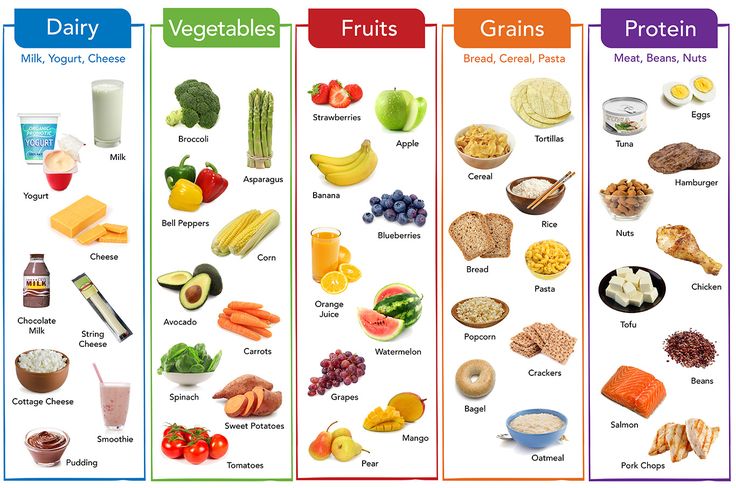 It can be cottage cheese casserole, eggs or fish dishes. Porridge and vegetable dishes are also the best dinner option with proper nutrition for a teenager 3 .
It can be cottage cheese casserole, eggs or fish dishes. Porridge and vegetable dishes are also the best dinner option with proper nutrition for a teenager 3 .
Bread can be added to any meal, offering the child pastries from different types of flour.
Menu example
An approximate daily menu for a teenager with the right diet might look like this:
- Oat milk porridge with dried apricots, bread with cheese, cocoa.
- Egg, tomato and cucumber salad, noodle broth, stewed cabbage, meatballs, grape juice, bread.
- Cottage cheese cookies, apple, milk.
- Potato casserole with meat, rosehip infusion, bread 3 .
Or like this:
- Omelet with tomatoes and cheese, rye bread, tea with honey.
- Zucchini caviar, vegetable soup with sour cream, buckwheat porridge, stewed liver, apple jelly, bread.
- Oatmeal cookies, baked apples, fermented baked milk.
